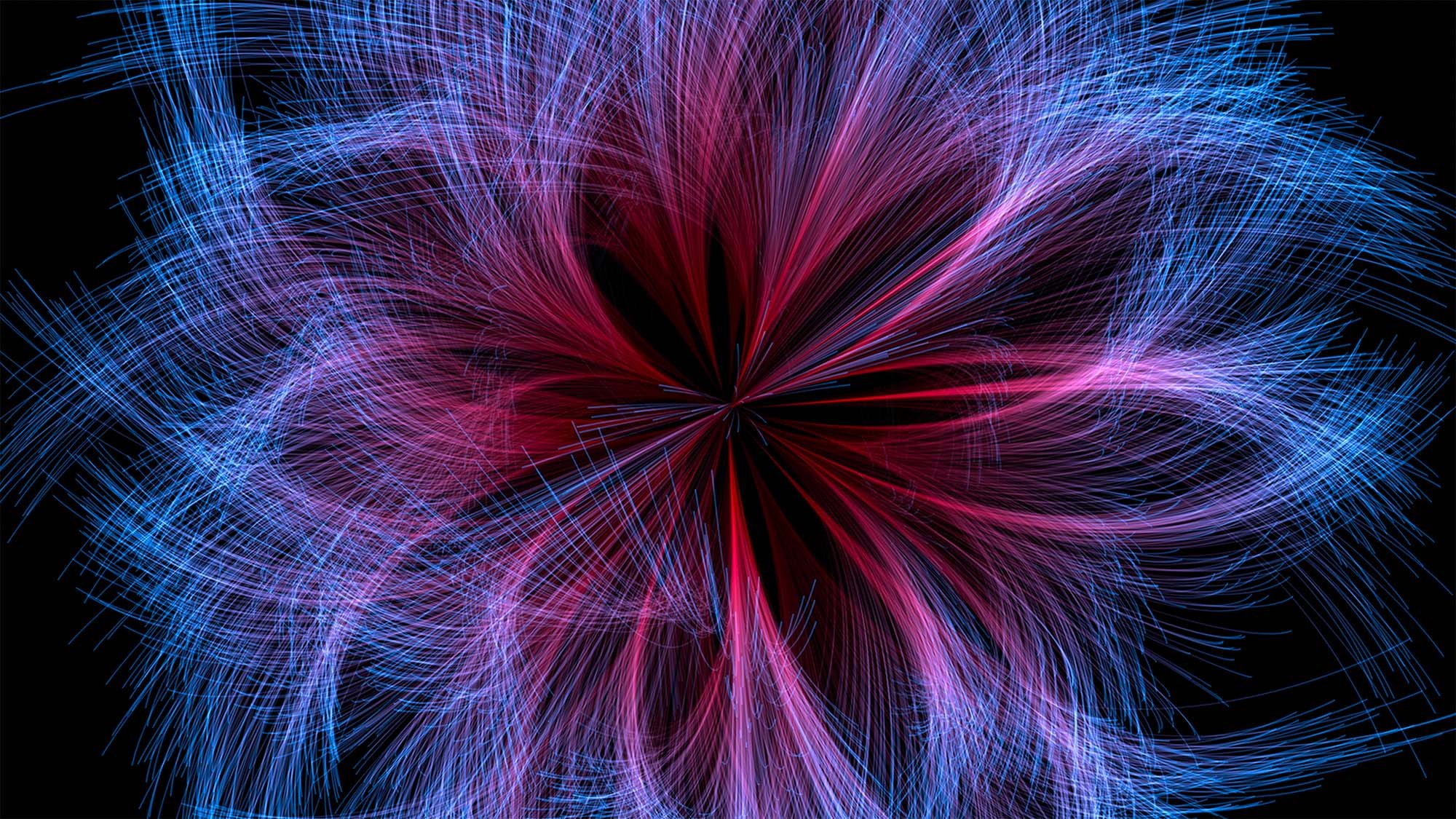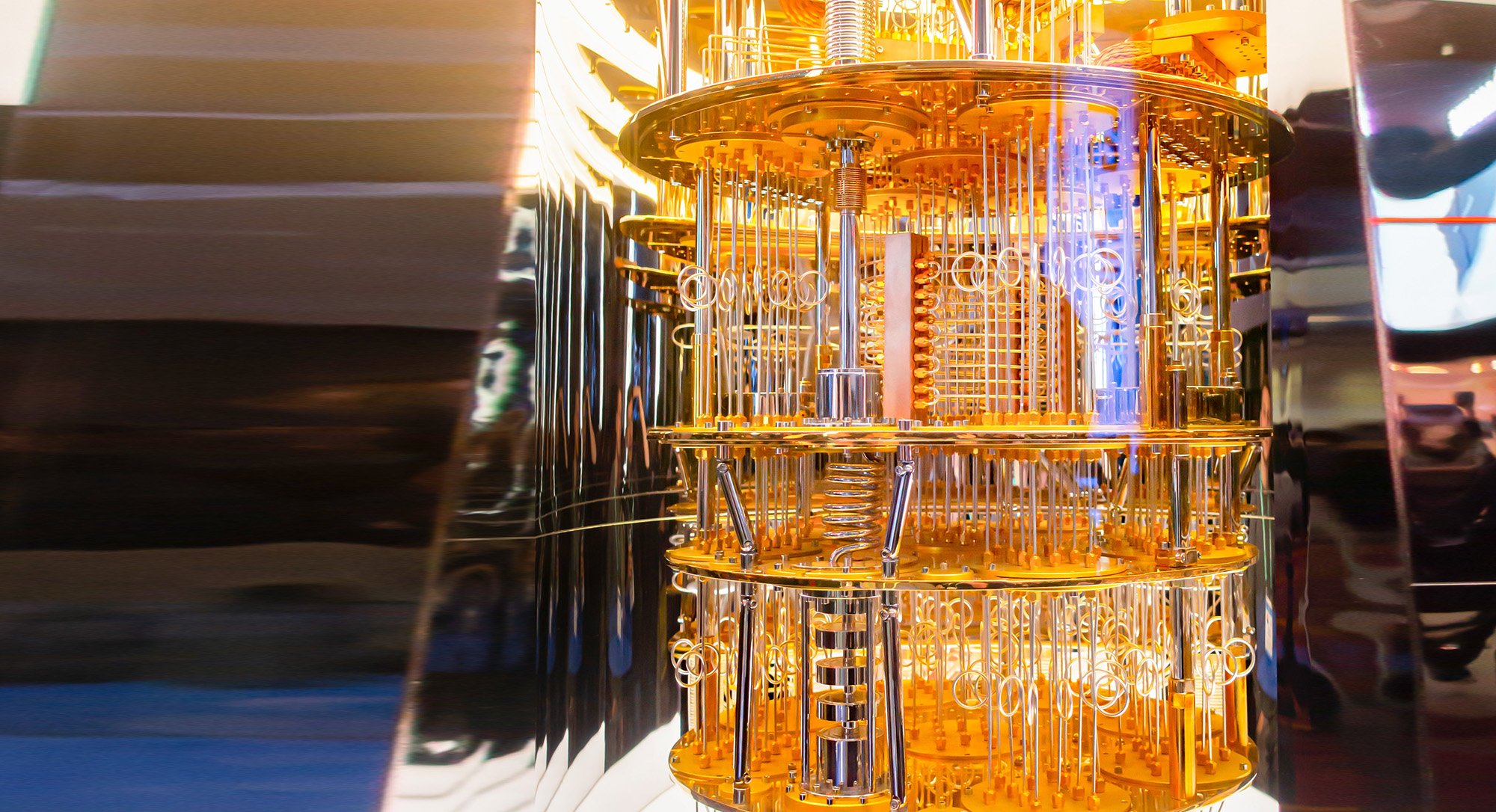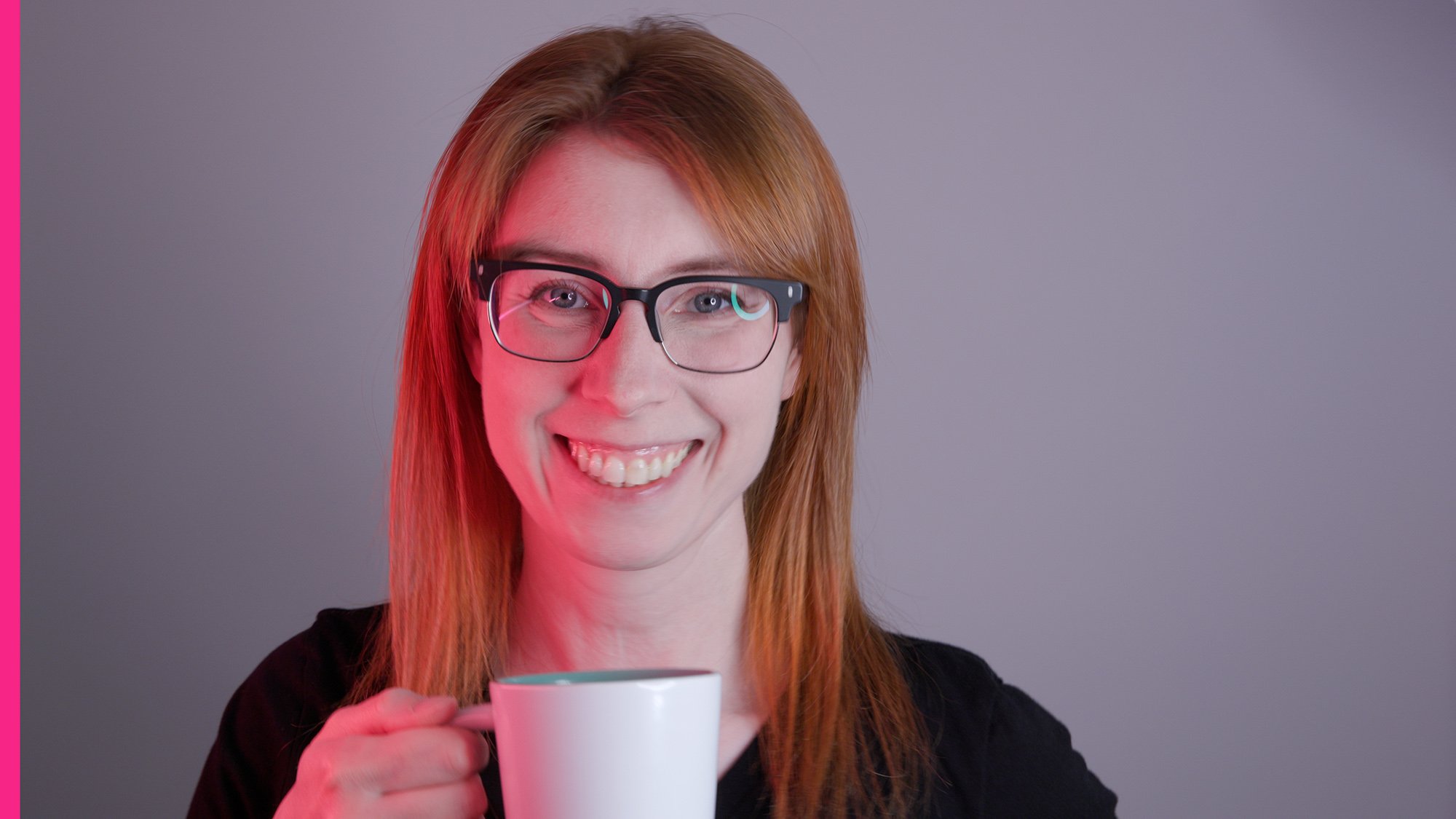
Frequently Asked Questions about Nirvanic
Our technology venture is generating a lot of questions. We welcome it!
Do you believe AI is conscious today?
No, at Nirvanic we do not believe AI is conscious today. We believe that for a system to be conscious, it must couple into deeper physics, including quantum mechanics, in a very specific way. Classical computers, GPUs and transistors do not have the right mechanisms to couple into quantum processes. Therefore no matter how large you make an AI system using silicon-based processing, we believe consciousness will never emerge. We hypothesize however that quantum computing components, such as qubits, may have the ability to couple into the field of consciousness, and thus you may be able to build a conscious AI by utilizing quantum computation.
What is your definition of conscious AI?
Conscious AI is any system that has an inner, first-person subjective experience of the world and is able to make free-will choices about how to act in the world. We believe consciousness is linked to a deep, universal purpose encoded in physics and shared by all lifeforms, right down to the tiniest single-cell organisms. A truly conscious AI could tap into fundamental values not programmed by its creators but rather aligned with the instincts and purpose of life itself. It is a conjecture we are exploring this year with experimental tests involving quantum computers and small robot systems.
Why do you think consciousness is quantum?
Nirvanic conjectures that consciousness is not an emergent property of classical computation but instead is a result of deeper physics, including quantum mechanical processes. There are many different pieces of evidence that point to consciousness potentially being a quantum phenomenon.
We believe the strongest piece of evidence comes from observing life itself. Living organisms appear to have a built in “will to live,” fighting against entropy and attempts of the environment to constantly erode them. Such entities do not appear to follow the normal rules of physics, making seemingly “free will choices” about what to do.
Non-living systems on the other hand - like beaches, rocks and clouds - seem to follow the laws of physics without any such resistance. Some quantum consciousness advocates, such as Dr. Suzanne Gildert, think that this apparent free will observed in living systems may come from a wider universal purpose that is built into matter. Philosophers call this viewpoint teleological cosmopsychism. Living systems have found a way to carefully structure matter in the right way inside their cells so that they can better achieve this universal purpose. The result looks like consciousness.
There is no room for free will or purpose in deterministic classical physics, as we can predict the outcome of classical physics experiments with our standard theories. However, in quantum physics, there may be a way in which a universal purpose could play a role, as the outcome of a quantum measurement cannot be predicted by quantum theory.
What looks like randomness at the heart of quantum theory might not be random at all, but just a very complex process that is acting via mechanisms we aren't able to experimentally access or model. Quantum physicists call this a hidden variable theory. This means that there is an underlying cause hiding behind the measurement process, and that it looks random only because we don’t yet understand it (and may never be able to understand).
We hypothesize that the hidden variables causing a quantum system to collapse into one outcome or another come from the system following this hidden universal purpose, or - as we call it - the universal reward function.
Other researchers in Silicon Valley are also presently conducting quantum consciousness research.
How is what you are doing related to Penrose and Hameroff’s ORCH-OR?
The direction of our work is affected by the pioneering efforts of Sir. Roger Penrose and Professor Emeritus Stuart Hameroff, who together proposed that consciousness could be explained by quantum effects occurring in structures called microtubules within the brain. Nirvanic’s theory is compatible with this approach, but rather than focusing on the nuances of how it occurs in the human brain, we tackle the problem at a higher level of abstraction in AI. We ask: can systems that tap into quantum physics more generally - not just microtubules - support consciousness? We consider whether non-organic systems such as those found in quantum computers can be used as a foundation for exploring conscious experience and free will. Such systems could be tested using many different quantum computing hardware approaches, such as silicon spins, photonics, neutral atoms, trapped ions, or superconducting metals.
How do you measure consciousness?
Consciousness can’t be measured directly by any current scientific method, as it is a private, first person experience. So we instead focus on measuring the behavioral correlates of consciousness. Our experimental setup involves placing a quantum algorithm running on a quantum computer in a feedback loop with a reinforcement learning agent (via a physical robot). Standard Reinforcement Learning methods use a source of randomness to act as an exploration mechanism. We replace this source with the seemingly random choice that comes from the quantum measurement process. We then run tests that compare the behavior of the robot with and without the quantum conscious agent module. If the addition of the quantum part allows the system to learn faster - or learns different behaviors - then there is a new component coming from quantum physics that may be steering the choices of the robot in a purposeful manner. There's a body of literature around this idea called quantum agency.
Is quantum theory is incomplete?
Maybe. The standard formulations of quantum mechanics—such as the Schrödinger equation and density matrix approaches—have been extensively tested in small, well-isolated quantum systems. However, we hypothesize that when quantum systems scale up and interact with their environment in a structured, nontrivial way—particularly through a feedback loop where quantum and classical information influence each other—current quantum theory may not fully capture all relevant dynamics.
This remains an open question, as such systems have not yet been systematically explored in controlled experimental settings. Our research aims to investigate whether new emergent behaviors arise under these conditions, potentially pointing to modifications or extensions of existing quantum frameworks.
Why haven’t quantum computers been used for consciousness research before?
Whilst quantum computers have been around for decades, only now is the technology behind them starting to become mature enough to run useful applications. Recently, quantum computers have demonstrated quantum supremacy, meaning that they can perform calculations that are impossible to do on classical digital machines. Many quantum hardware providers are now scaling their machines towards hundreds or thousands or logical qubits, and opening them up on the cloud for developers to access and program. We believe that bringing together this new generation of quantum computers with robotics and AI will result in discoveries being made in the field of machine consciousness. We are one of the first companies in the world to be exploring the pioneering area of quantum robotics.
How big is your team?
Currently our team is five people plus a growing network of advisors, scientists, collaborators and friends.
We also value the wider community’s feedback. This is a global conversation.
Why operate as a company instead of within academia?
We have a clear product roadmap that can be commercialized if the research succeeds. Academic research is often open-ended, not focused on building specific technologies or products.
How are you funding this?
Nirvanic is currently self-funded.
Where are you based?
We are based in Vancouver, B.C., Canada 🇨🇦.
Are you hiring? Can I do an unpaid internship?
We’re not hiring just now, but we’ll update our website and put out social posts when we start looking for quantum AI developers and engineers. We are also currently not accepting any offers to volunteer, although we greatly appreciate people offering to do this! To stay informed, follow our:
I love this! What can I do to help?
The best way to help at the moment is to spread the word about what we are doing via our social network links. Many people still haven’t heard of quantum consciousness or how consciousness research is being applied to AI and robotics. Feel free to share our website, write an X post about us, or sign up to our substack newsletter.














